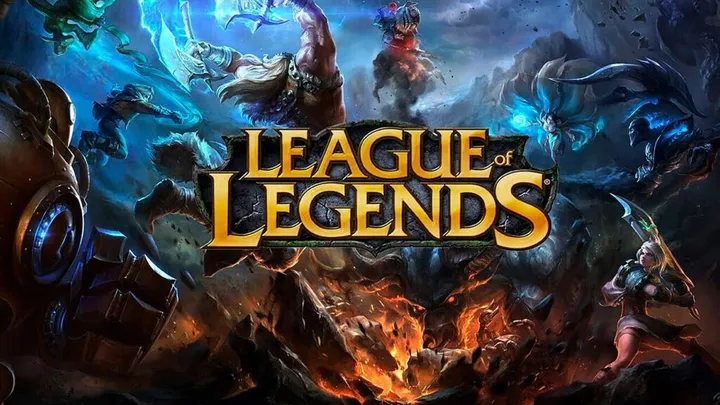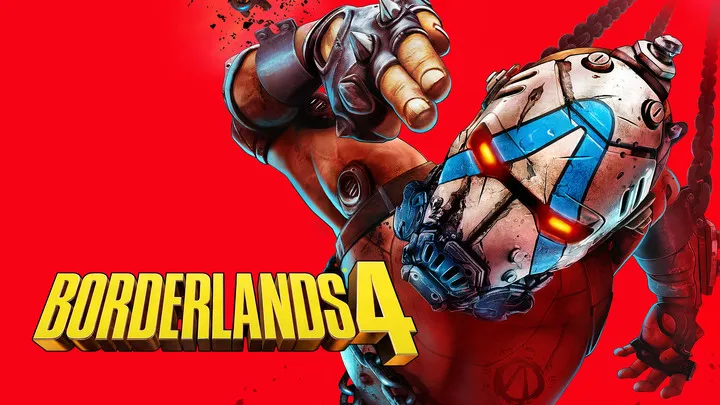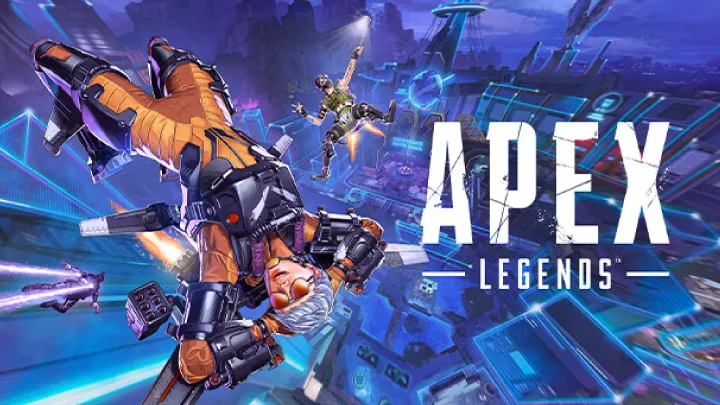Apex Legends is one of the most popular battle royale games ever created, blending fast-paced action, unique character abilities, and strategic team play. Developed by Respawn Entertainment and published by Electronic Arts, this free-to-play game has attracted millions of players worldwide. Whether you are a newcomer or a returning veteran, mastering Apex Legends requires more than just quick reflexes. You must understand every detail of the gameplay, from character selection and weapon choices to movement mechanics and team communication. This guide will walk you through everything you need to know about how to play and dominate in Apex Legends.
Understanding the Basics of Apex Legends
Apex Legends combines elements of hero shooters and battle royale mechanics into one cohesive experience. The core objective is simple: be the last team standing among 20 squads of three players. However, victory depends on understanding the basics of gameplay flow, map awareness, and legend abilities.
Each match begins with players selecting their Legend, each equipped with unique tactical, passive, and ultimate abilities. After choosing, the Jumpmaster leads the team to a landing spot on the map. Players then scavenge for weapons, armor, and resources while trying to survive and eliminate other squads. The ring gradually closes in, forcing encounters and intensifying combat as the match progresses.
How to Choose the Right Legend for Your Playstyle
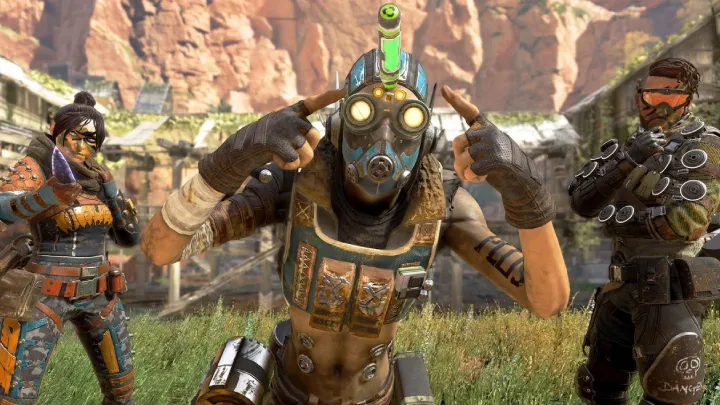
Each Legend in Apex Legends has a specific role, and understanding these roles helps you perform effectively in any match. For beginners, starting with balanced Legends like Bloodhound or Lifeline is ideal. Bloodhound’s tracking abilities give crucial information about enemy positions, while Lifeline offers healing support for the team.
Aggressive players might prefer Legends like Wraith, Octane, or Bangalore, who focus on mobility and offense. On the other hand, defensive players may lean towards Gibraltar or Caustic, who can fortify areas and protect teammates during firefights. The key is experimenting with multiple Legends until you find the one that complements your personal playstyle.
Mastering Movement and Positioning
Movement in Apex Legends is a defining feature that separates skilled players from the rest. The ability to slide, climb, and reposition quickly gives you a significant tactical advantage. Sliding down hills increases your speed dramatically, and chaining slides with jumps allows you to travel faster while staying unpredictable.
Positioning is equally critical. Always maintain the high ground during combat, as it gives better visibility and control over enemies. Avoid running in open fields, and use natural cover such as rocks and buildings. Remember that positioning is not only about where you are but also about when you move. Timing rotations between zones can often determine whether your squad wins or gets eliminated.
How to Effectively Communicate with Your Team
Apex Legends’ ping system is one of the most advanced communication tools in gaming. Even if you are not using voice chat, the ping system allows players to mark enemies, loot, and strategic locations efficiently. Use pings often and appropriately to keep your team informed.
When using voice chat, clear and concise communication is key. Avoid talking over teammates and call out enemy movements or damage information precisely. Coordination during gunfights, such as deciding when to push or retreat, can make a huge difference in your squad’s survival. Good communication often wins matches more than individual skill alone.
Choosing the Right Weapons and Loadouts
Apex Legends features a diverse range of weapons, each catering to different combat scenarios. Understanding weapon categories helps you build the perfect loadout. Assault rifles like the R-301 Carbine or Flatline are reliable in most situations, while shotguns like the Peacekeeper excel in close combat. For long-range engagements, sniper rifles such as the Longbow or Charge Rifle are excellent options.
A balanced loadout typically includes one mid-to-long-range weapon and one close-range weapon. Attachments such as scopes, barrels, and extended magazines are essential for improving weapon performance. Always prioritize upgrading your loadout during the match, and swap weapons when necessary based on available ammo and combat situations.
Learning to Manage Resources and Inventory
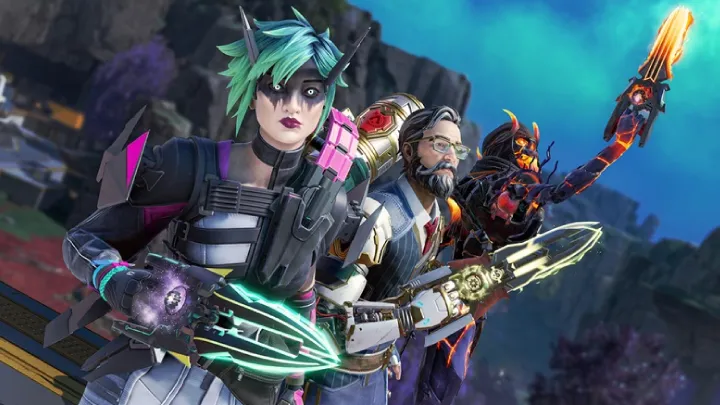
Inventory management is a crucial skill in Apex Legends. Each Legend has a limited backpack space, so prioritizing what to carry matters. Essential items include healing kits, shields, and ammunition. Beginners often make the mistake of hoarding too many weapon attachments or carrying multiple ammo types for unused guns.
As you progress, learn to adjust your inventory based on your Legend’s role and your team’s needs. For instance, support players should carry extra healing items, while offensive players might prioritize grenades and ammo. Always upgrade your backpack when you find a better one, and remember to drop unnecessary items to make space for valuable resources.
How to Engage and Win Gunfights
Combat in Apex Legends requires precision, quick decision-making, and proper use of abilities. Before engaging, assess your environment and ensure your team has positional advantage. Flanking is a powerful strategy when executed correctly, allowing your squad to surprise enemies from multiple angles.
During fights, keep moving constantly. Strafing, crouching, and sliding make you a harder target to hit. Always use cover effectively and peek strategically to avoid unnecessary damage. Grenades can flush out enemies hiding behind cover, while ultimate abilities can shift the tide of battle when used wisely. Never forget that teamwork wins fights—coordinate with your squad for combined attacks.
How to Survive and Revive Teammates
In Apex Legends, teamwork extends beyond combat. Knowing when and how to revive teammates is essential. When a teammate is knocked down, use cover or smoke (if available) to safely perform the revival. If a teammate is completely eliminated, you can collect their banner and revive them at a respawn beacon.
However, reviving should never compromise your team’s survival. Sometimes it’s better to retreat, recover, and return later when the area is safe. Balancing aggressive play with smart decision-making ensures your squad remains in the game longer.
Understanding the Ring and Map Rotation
The shrinking ring in Apex Legends is a central mechanic that controls pacing. Staying outside the ring causes continuous damage, so understanding rotations is critical. Always plan your movement ahead of time to avoid getting trapped between the ring and enemy squads.
Maps in Apex Legends are dynamic, with rotating points of interest and loot zones. Familiarize yourself with each map layout, including high-tier loot areas and choke points. Experienced players often memorize safe routes and rotation paths to stay one step ahead of their opponents. The key is to move early rather than late—rotating ahead of time gives your team better control of the next zone.
How to Improve Through Practice and Analysis
Improvement in Apex Legends is a gradual process. Play regularly to develop muscle memory and familiarity with mechanics. Watching professional players or streamers can help you learn advanced techniques, such as movement tricks and ability combos.
After each match, analyze your performance. Identify what went wrong and how you can improve in future games. Did you lose because of poor positioning, communication, or aim? Continuous self-evaluation leads to steady improvement. Additionally, playing with consistent teammates helps build chemistry and synchronization, which are invaluable in a team-based game.
Advanced Strategies for Experienced Players
Once you master the basics, focus on advanced strategies to stay competitive. Learn how to bait enemies, use decoys, and set traps with your abilities. Adapt to the evolving meta by keeping up with balance updates and patch notes. Experiment with different Legend combinations that complement each other’s abilities.
High-level play also involves predicting enemy movements and anticipating rotations. Knowing when to third-party fights (attack two fighting squads) can give your team easy eliminations. However, always assess the risk before diving in, as overcommitting can lead to quick defeat.
Conclusion
Mastering Apex Legends takes patience, practice, and adaptability. From selecting the right Legend and managing your resources to executing precise team strategies, every decision matters. Remember that victory in Apex Legends is not just about aiming—it’s about awareness, timing, and teamwork. The more you play, the more you learn to anticipate enemy behavior and make smarter choices in battle. With persistence and strategy, you can rise through the ranks and become one of the elite Legends in the Apex arena.
Summary:
Learn how to master Apex Legends with tips on movement, teamwork, combat, and strategy to become the ultimate champion in this dynamic battle royale.











